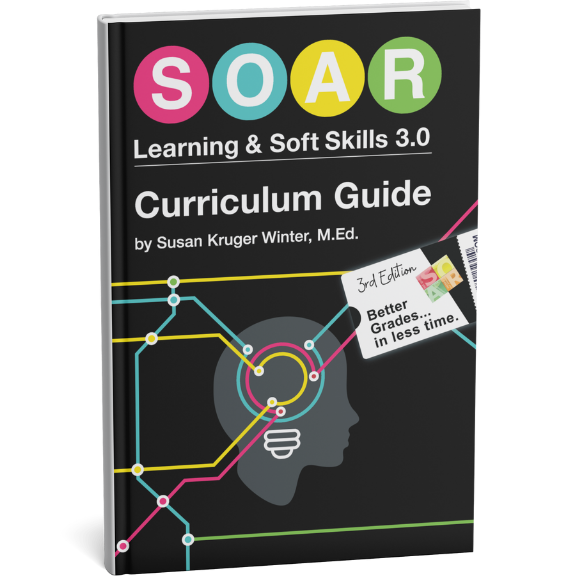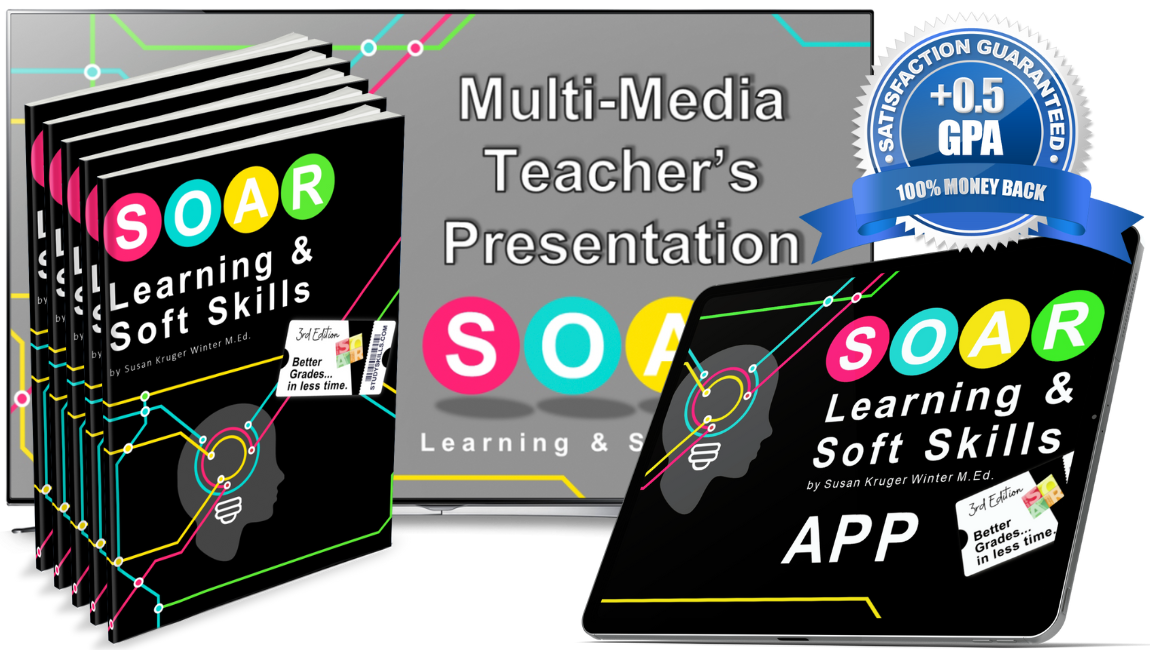What Is the Greatest Predictor of Success in School?
Today’s article begins with a quiz:
What cognitive process is the greatest predictor of success in school?
a) Verbal working memory (auditory processing while conducting other tasks such as note-taking)
b) Ability to identify main ideas
c) Transcription fluency (ability to write/form letters)
d) Ability to spell accurately
e) Ability to solve problems
Did you chose “e?” That is what most people think. According to two studies by Columbia University, however, the correct answer is “c,” transcription fluency.
Yes, that’s right…good, old-fashioned handwriting. The Columbia research team conducted two different studies to determine which of the skills above had the greatest impact on test performance. Both studies came to the same conclusion; transcription fluency was the only predictor of the quality of notes and the quality of notes was the only predictor of test performance (Peverly et al., 2007, p. 167).
Researchers concluded that “systematic instruction in handwriting in elementary school might have positive effects — on the quality of notes taken by high school and college students” (Peverly et al., 2007, p. 178). They suggested that the sooner these skills are consistently taught in schools, the better students will perform throughout their academic career.
A couple of years ago, I was trying to help my Godson, then in high school, who struggled with writing. He understood subject-matter very well, but struggled with assignments and tests. So, I researched writing disabilities thoroughly.
Several sources stated that systematic instruction of handwriting –as early as possible- was believed to help prevent or limit writing disabilities. I recall reading that age five was the optimal age for teaching handwriting; the older a student was, the greater difficulty he/she would encounter.
The results of the Columbia study certainly correlated with my Godson’s experience. His extreme intelligence was held hostage by his sheer inability to express himself through writing.
Nearly every task completed in school requires some form of written expression. It makes sense that handwriting automatically is essential for school success. If students can product letters automatically, they free up memory space for higher-level thinking and composing processes required for learning tasks.
Unfortunately, when it comes to classroom curriculum, handwriting instruction often sits on the shelf (right next to “study skills”). Standardized tests do not assess handwriting fluency, so those skills get kicked further and further to the curb in exchange for greater focus on content that will drive school accountability and funding.
However, the fundamental learning processes of handwriting and study skills should be viewed as the pathway that leads to content-area success. Instead, the “big picture” of developing self-sufficient, life-long learners sometimes gets murky among the glut of CONTENT in those so-called “standards.”
When I came across the Columbia research results, my own son had just turned six and was severely struggling with handwriting. Every letter he crafted was a labor-intensive drawing rather than a simple, pre-defined form. Having been a classroom teacher, I knew there would be minimal handwriting instruction in school. It would be up to me to provide the instruction he would need.
I found a wonderful program, “Handwriting Without Tears,” that has worked wonderfully for him! (No, I do not get anything for recommending the program.) The reason why HWT works is because it teaches a *system* for writing.
It builds upon connections to help my son internalize the repetitive shapes and form them systematically, rather than having to “redraw” letters from his visual memory. We spend 5-15 minutes practicing writing every morning…and it is working miracles! My son is finishing his homework faster, is becoming more expressive in his writing journals at school, and is starting to use writing as a “tool” around the house more. It’s quite exciting!
As a certified teacher, I was never taught how to teach handwriting. For that matter, prior to learning the HWT curriculum, I never actually knew there was that much to *teach* about handwriting. However, as every day passes, I am becoming more and more convinced of the value in providing explicit handwriting instruction!
-Susan Kruger
Peverly, S. T., Ramaswamy, V., Brown, C., Sumowski, J., Alidoost, M., & Garner, J. (2007). What predicts skill in lecture note taking? Journal of Educational Psychology, 99, 167-180.
EB 091817
Six Steps
Conquer the Chaos
Get Our Free Guide & Information on...
 How to Organize & Motivate Students for Success
How to Organize & Motivate Students for Success
"*" indicates required fields
Get Our FREE Curriculum Guide!
The SOAR® Curriculum
The most critical learning, organizing, and communication skills needed for school. Learn more here.
Who’s Using SOAR®?
SOAR® Guarantee
Click here to learn more.




